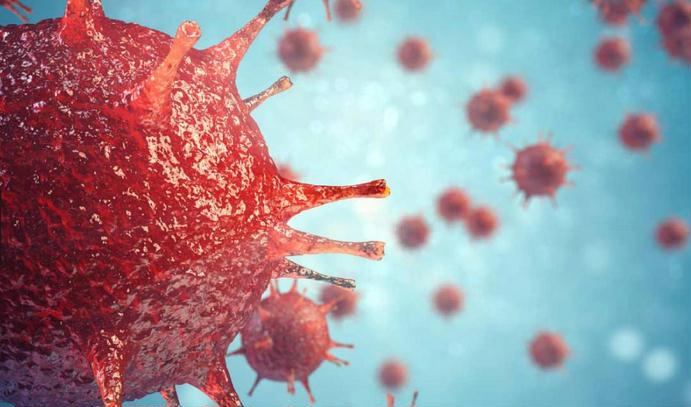 Preface. Oh no! North Korea is developing bioweapons probably. Here are some excerpts from the New York Times article.
Preface. Oh no! North Korea is developing bioweapons probably. Here are some excerpts from the New York Times article.
Alice Friedemann www.energyskeptic.com author of “When Trucks Stop Running: Energy and the Future of Transportation”, 2015, Springer and “Crunch! Whole Grain Artisan Chips and Crackers”. Podcasts: Practical Prepping, KunstlerCast 253, KunstlerCast278, Peak Prosperity , XX2 report
***
Baumgaertner, E., Broad, W. J. January 15, 2019. North Korea’s Less-Known Military Threat: Biological Weapons. Military analysts are increasingly concerned about the nation’s “advanced, underestimated and highly lethal” bioweapons program. New York Times.
“Pound for pound, the deadliest arms of all time are not nuclear but biological. A single gallon of anthrax, if suitably distributed, could end human life on Earth.
Even so, the Trump administration has given scant attention to North Korea’s pursuit of living weapons — a threat that analysts describe as more immediate than its nuclear arms. President Trump did not broach the subject of biological weapons during his meeting with Mr. Kim in Singapore.
“North Korea is far more likely to use biological weapons than nuclear ones,” said Andrew C. Weber, a Pentagon official in charge of nuclear, chemical and biological defense programs under President Obama. “The program is advanced, underestimated and highly lethal.”
The North may want to threaten a devastating germ counterattack as a way of warding off aggressors. If so, its bioweapons would act as a potent deterrent.
But experts also worry about offensive strikes and agents of unusual lethality, especially the smallpox virus, which spreads person-to-person and kills a third of its victims.
Germ production is small-scale and far less expensive than creating nuclear arms. Deadly microbes can look like harmless components of vaccine and agricultural work. And living weapons are hard to detect, trace and contain.
Last century, most nations that made biological arms gave them up as impractical. Capricious winds could carry deadly agents back on users, infecting troops and citizens. But today, analysts say, the gene revolution could be making germ weapons more attractive. They see the possibility of designer pathogens that spread faster, infect more people, resist treatment, and offer better targeting and containment. If so, North Korea may be in the forefront.
Several North Korean military defectors have tested positive for smallpox antibodies, suggesting they were either exposed to the deadly virus or vaccinated against it.
Smallpox claimed up to a half billion lives before it was declared eradicated. Today, few populations are vaccinated against the defunct virus.
Starting three years ago, Amplyfi, a strategic intelligence firm, detected a dramatic increase in North Korean web searches for “antibiotic resistance,” “microbial dark matter,” “cas protein” and similar esoteric terms, hinting at a growing interest in advanced gene and germ research.
Federal budgets for biodefense soared after the attacks but have declined in recent years.
“The level of resources going against this is pitiful,” said Mr. Weber, the former Pentagon official. “We are back into complacency.”
Dr. Robert Kadlec, the assistant secretary for preparedness and response at the Department of Health and Human Services, said, “We don’t spend half of an aircraft carrier on our preparedness for deliberate or natural events.”
